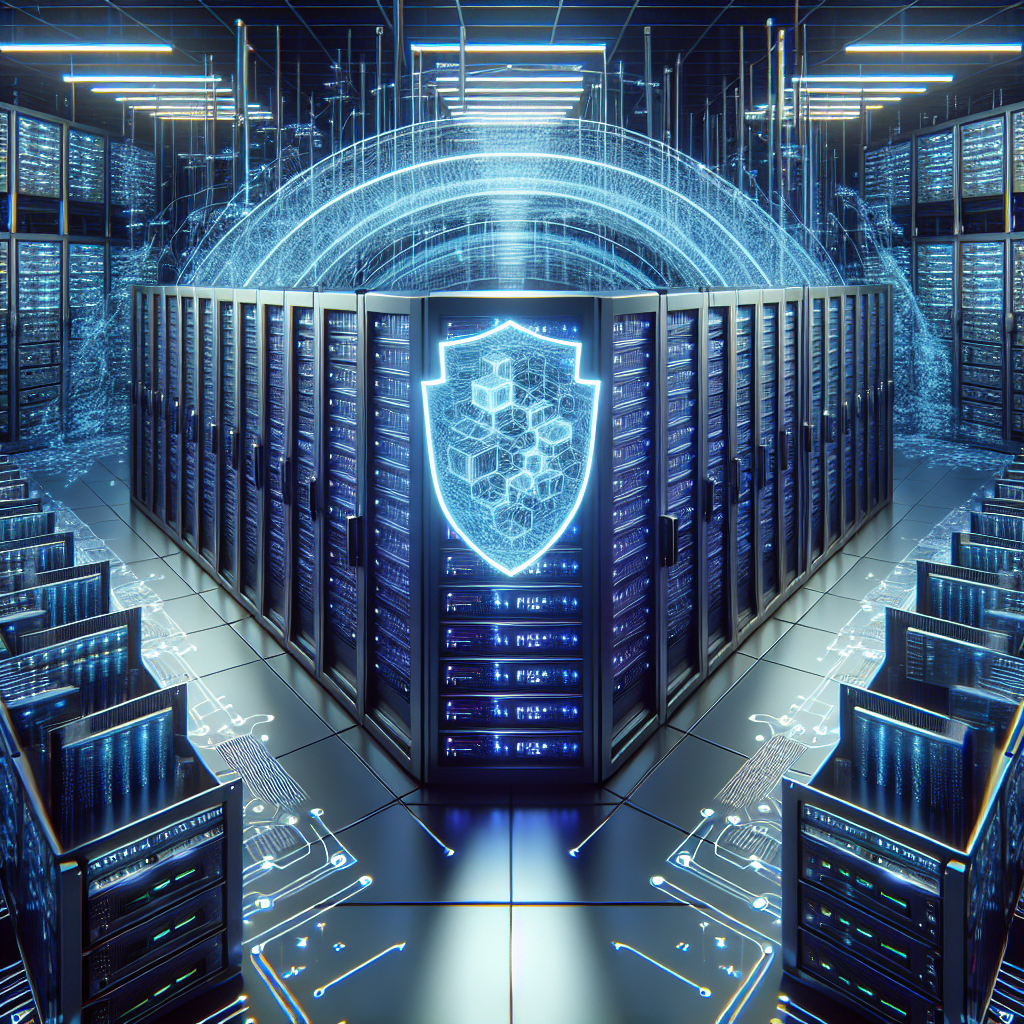Your cart is currently empty!
Protecting Data Centers from Cyber Threats: A Comprehensive Guide to Security Systems

Data centers are the backbone of modern businesses, serving as the hub for all digital operations and storing valuable data. However, with the increasing sophistication of cyber threats, protecting data centers from malicious attacks has become more challenging than ever before. In order to ensure the security of sensitive information and prevent costly data breaches, organizations must implement comprehensive security systems that can effectively thwart cyber threats.
One of the most crucial components of data center security is a robust firewall system. Firewalls act as a barrier between the internal network of a data center and the external internet, monitoring and controlling incoming and outgoing traffic to prevent unauthorized access and malicious attacks. By configuring firewalls to filter out potentially harmful traffic and only allow approved connections, organizations can greatly reduce the risk of data breaches and cyber attacks.
In addition to firewalls, organizations should also implement intrusion detection and prevention systems (IDPS) to proactively monitor and respond to suspicious activities within the data center network. IDPS can detect and block malicious traffic, as well as provide real-time alerts to security personnel in the event of a potential security breach. By continuously monitoring network traffic and analyzing patterns for anomalies, IDPS can help organizations identify and mitigate security threats before they escalate into full-blown attacks.
Another essential security measure for data centers is data encryption. By encrypting sensitive data both at rest and in transit, organizations can prevent unauthorized access to confidential information even in the event of a security breach. Encryption ensures that data remains secure and confidential, even if it falls into the hands of cyber criminals.
Furthermore, organizations should also implement multi-factor authentication (MFA) to strengthen access controls and prevent unauthorized access to data center resources. MFA requires users to provide multiple forms of verification, such as a password, a security token, or biometric data, before granting access to sensitive information. By adding an extra layer of security beyond traditional passwords, MFA can significantly reduce the risk of unauthorized access and data breaches.
Regular security audits and vulnerability assessments are also essential for ensuring the ongoing security of data centers. By conducting regular assessments of security controls and identifying potential vulnerabilities, organizations can proactively address security weaknesses and implement necessary security measures to protect against cyber threats. Additionally, organizations should stay informed about the latest cybersecurity trends and best practices, and continuously update their security systems to stay ahead of evolving threats.
In conclusion, protecting data centers from cyber threats requires a comprehensive approach that combines multiple security measures, including firewalls, IDPS, encryption, MFA, and regular security audits. By implementing robust security systems and staying vigilant against potential threats, organizations can safeguard their valuable data and prevent costly data breaches. With data security becoming increasingly critical in today’s digital landscape, organizations must prioritize the protection of their data centers to ensure the continuity and integrity of their business operations.

Leave a Reply